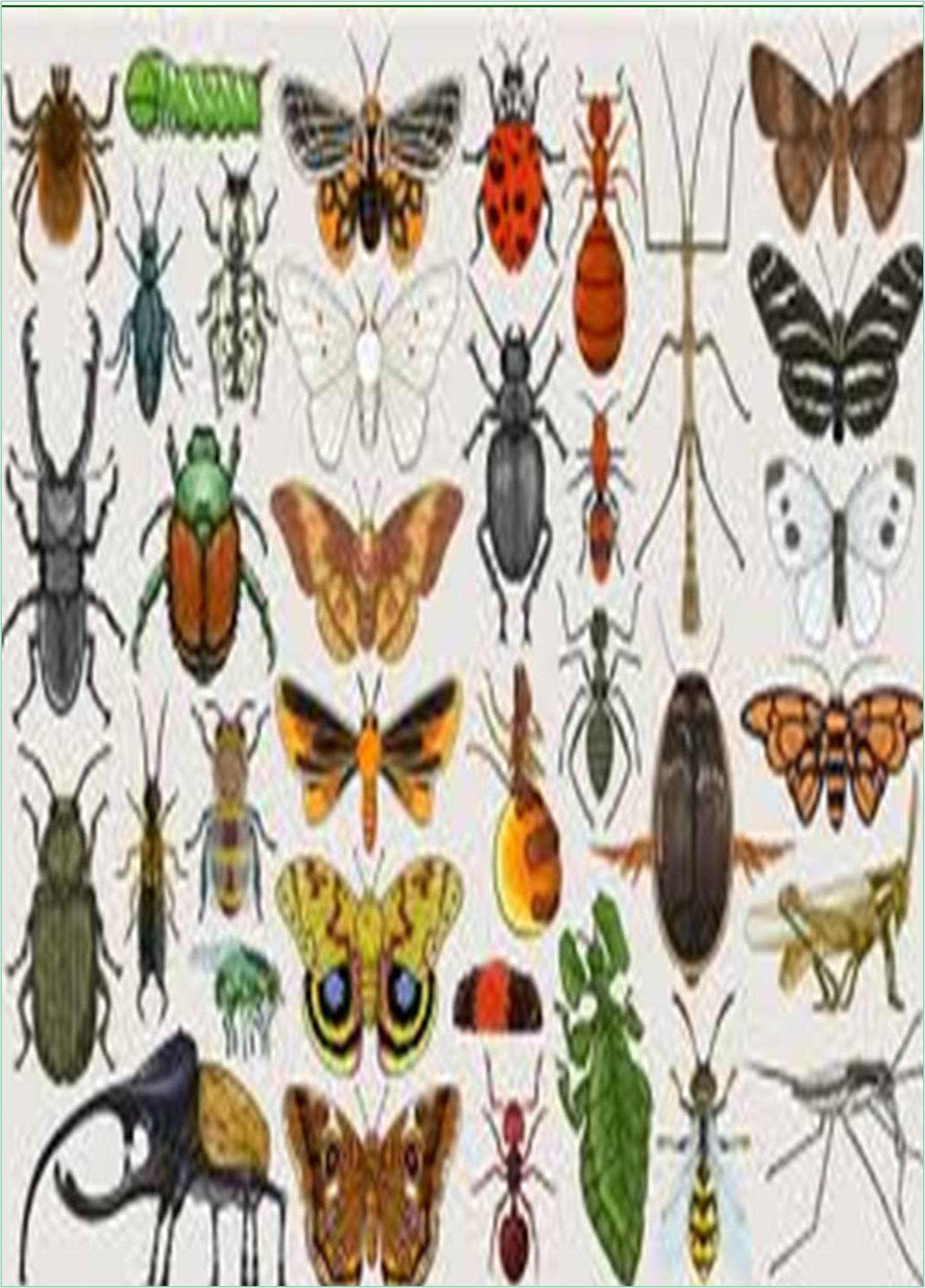



Received: 02-Feb-2022, Manuscript No. IJER-22-62581; Editor assigned: 07-Feb-2022, Pre QC No. IJER-22-62581(PQ); Reviewed: 21-Feb-2022, QC No. IJER-22-62581; Revised: 28-Feb-2022, Manuscript No. IJER-22-62581(R); Published: 10-Mar-2022, DOI: 10.15651/IJER.22.09.005
Pauropod, a member of class Pauropoda (Phylum Arthropoda), and a group of small terrestrial invertebrates that are superficially small centipedes or similar to centipedes. About 380 known species live worldwide under dead leaves, stones and rotten wood. They mainly feed on fungi and putrefactive organic matter. Pauropoda are 0.5 to 2 mm (0.02 to 0.08 inches) in length. The head of Pauropoda is small and has large branched antennae. Lower mandible; and two pairs of maxilla (attached jaw). There is also a pair of vibration-sensitive organs (pseudoculi) instead of the eyes. The body consists of 11 partially fused segments, from which 9 pairs of legs emerge, the first pair is shrunk, and 5 are articulated. Pauropoda breathes on the surface of the body. Their reproductive system is just as simple like a centipede, the genitals open at the base of the second leg, and the male has a pair of penises. The Pauropoda has 811 stems. Some Pauropoda are harder and move slowly, while others are pale and can run faster. The backboards are fused in pairs, with fewer dorsal segments when viewed from above. Each segment supports a pair of legs and the hips have 5 pairs of long sensory hairs. Behind the last trunk segment is an anal segment with a posterior anal plate. Slavic characteristics such as size, shape and texture are used to distinguish species. Almost every species can be identified from this plate, even at the first larval stage. The head is poorly developed and directed downward with characteristic branched antennae and small chewing mouthparts. The first set of jaws has curved teeth that look like a comb, while the second pair is joined together to form a flaplike structure. Pauropods have distinctive locomotory pattern characterized by rapid burst of movement and frequent abrupt changes in direction.
Distribution and Diversity
The Pauropoda are an obscure and poorly studied group. 700 species are listed worldwide and are divided into two orders, Hexamerocerata and Tetramerocerata, and five families. Due to the lack of records in many regions and ecosystems, the total fauna of the world is probably in the range of 5000 species. Australia's fauna is estimated to be at least 1000 species, of which only 18 are listed as endemic and exotic.
Life Cycle
Pauropoda are of different genders, but some species have not been observed to be male, and these species are considered parthenogenetic. Men deposit small spherical packets of sperm in the soil, and women seek and ingest them. Females lay eggs on the substrate. Eggs develop through a short pupal stage before the end of embryogenesis and the first larval stage. The larval stage grows through a series of molts that generally resemble adults, except for their small size, small number of body parts, and different numbers of bristles. Firstinstar larvae have 3-6 pairs of legs, but this number increases with each molt, so adults can have 9-11 pairs of legs.
Feeding
The eating habits of most species are unknown, but some eat rotten organic matter and mold, and inhale liquids from hyphae. It is known that at least one species eats the small root hairs of the plant.
Ecology
Pauropoda are associated with soil and debris habitats and can be found under moss and rocks, rotten wood, or under the bark of rotten tree trunks. They are most common in generally moist soils with high organic matter content. These animals are not uncommon, but are often low in population and mottled in distribution. They are particularly biodiversity, abundant on floors, and are reported to have thousands of specimens per square meter in wild and agricultural habitats. They inhabit many plant communities and soil types and are most common in zones about 10-20 cm deep. They cannot dig, but they can trace root canals and crevices to the water table.
Translations can occur as soil moisture and temperature change.